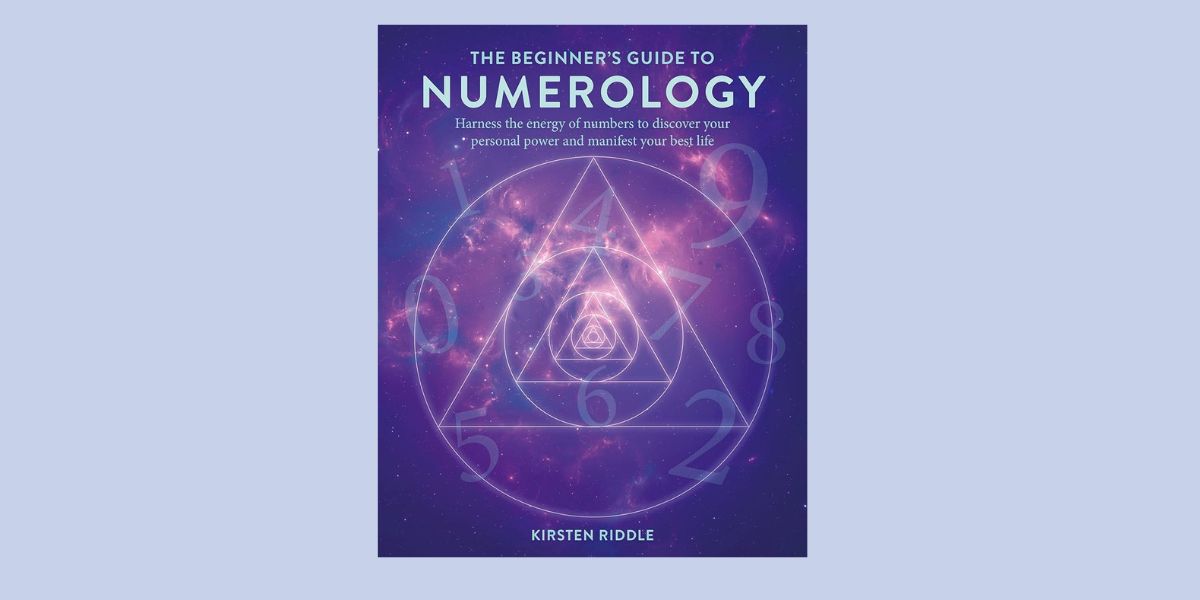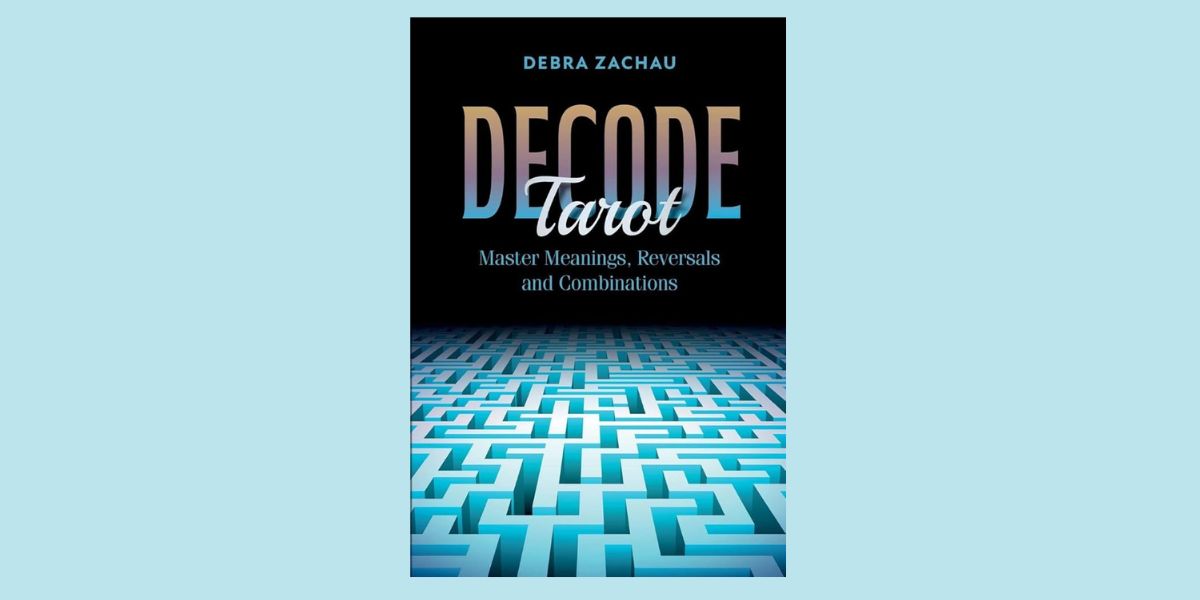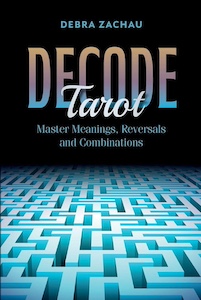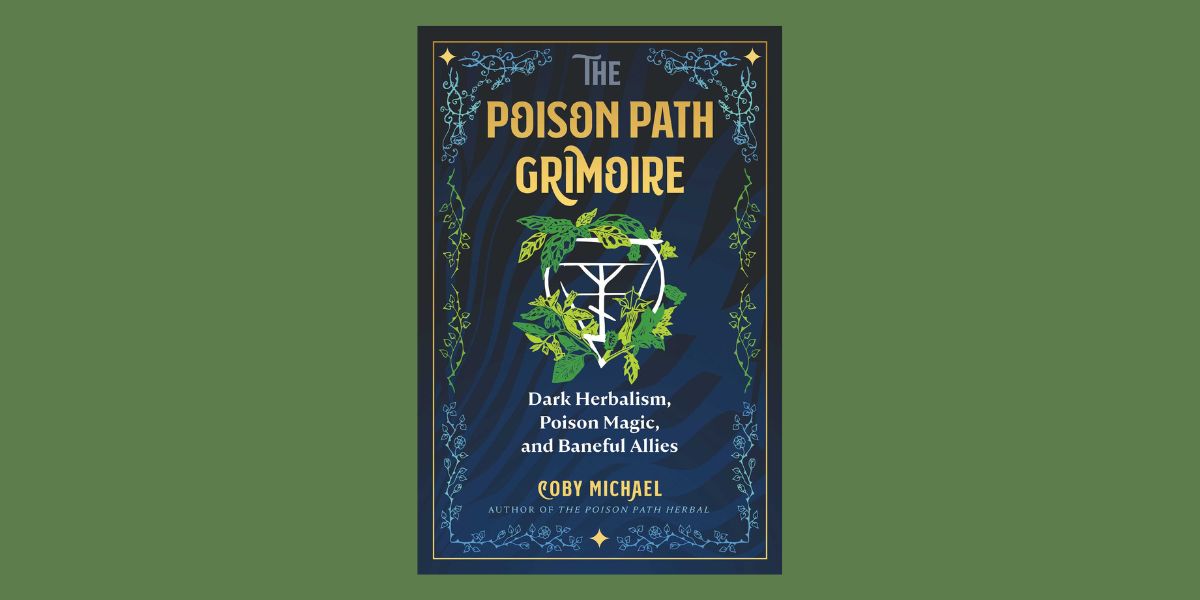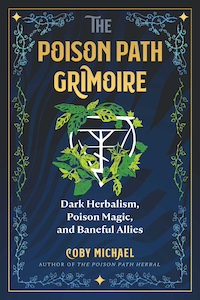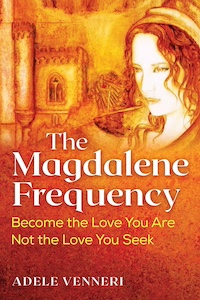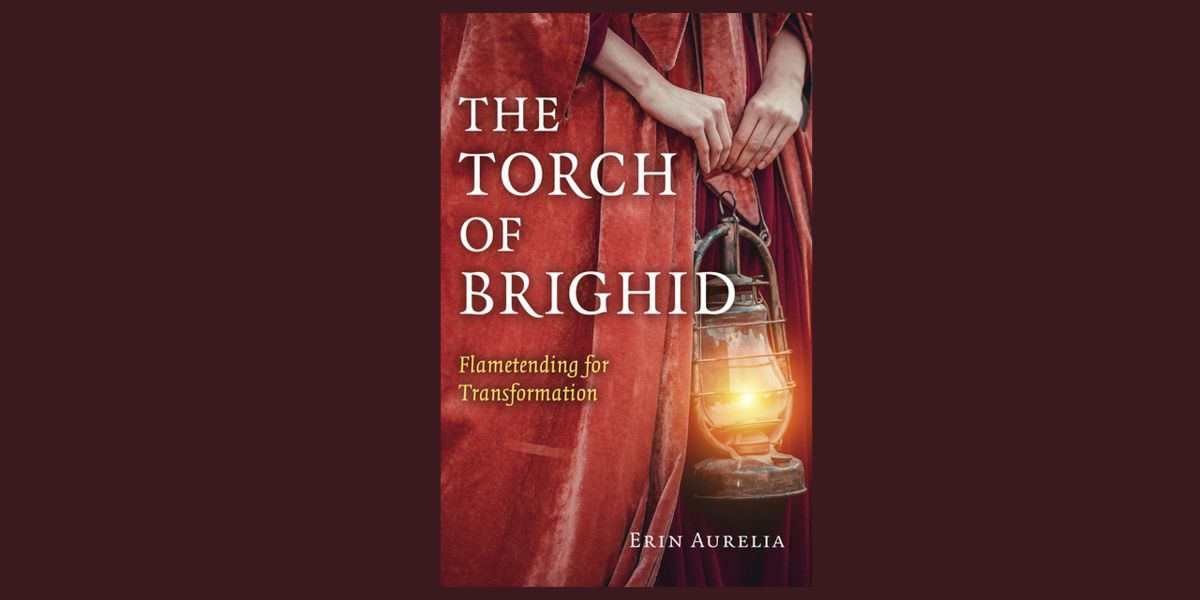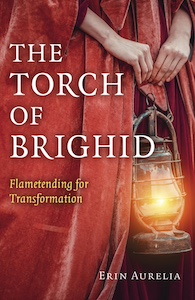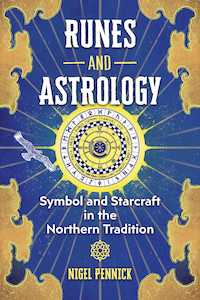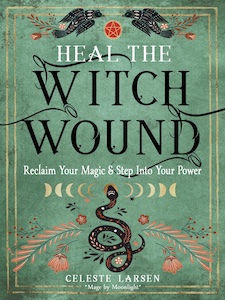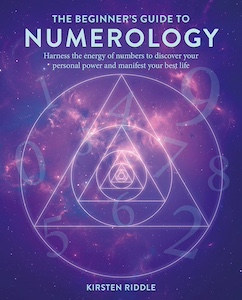
The Beginner’s Guide to Numerology: Harness the energy of numbers to discover your personal power and manifest your best life, by Kirsten Riddle
CICO Books, 1800654049, 144 pages, February 2025
A regular contributor to Kindred Spirit magazine, Kirsten Riddle has previously published books that provide information to those looking to explore divination systems. Her book The Beginner’s Guide to Numerology follows that path of writing for an audience who may have an interest but are not well versed in the subject of divination or the occult. This latest book reinforces Riddle’s dedication to ensuring the information provided is clear, accurate, and relevant.
At first glance, the book has sections that would be expected. Chapters describing what numerology is, discussions around the differences between angel and power numbers, and so on follow a pattern that makes sense and is easy to follow. Perfect for those just starting down this path and refreshing for those of us who have some knowledge but have not actually put any of that knowledge into practice. Like me.
When I was learning tarot, one of the concepts introduced involved seeing the suited cards as stories that progress numerically through to the Court cards. Numerology was barely mentioned as the idea of using cards to tell stories prevailed. I later learned that numerology is a vital part of tarot and have done my own studies to help strengthen my connection to my cards. I was eager to delve into the concept of Angel and Power numbers (among others) to see if I could manifest change in that manner. The short answer is yes.
In the introduction, Riddle talks about her personal journey with numerology, saying:
“I realized that numbers shaped the Universe, the stars, and planets. They not only organized the way I viewed the world, but also my experience of it by controlling time and how it moves in days, weeks, and years.”1
It’s this kind of realization that flavors the book and allows readers to engage on a deeper level. By opening up and sharing personal experiences on how numerology came to be a part of her life, Riddle essentially gives readers permission to do the same. Finding parallels in her words and my lived experience brought me a deeper understanding of how I use numerology in everyday life, something I wasn’t even aware of. Reading this book helped me make my own connections between numbers and what is currently happening around me, energetically speaking.
The book contains a lot of information for something billed as introductory. Chapters on life path numbers, destiny numbers, manifestation and healing, and rituals make this a complete book on numerology, introductory or not. I devoured this book and then went back for seconds. I went through the exercise of determining my destiny number and was absolutely floored when it was revealed.
To say it resonated would be an understatement: my destiny number is exactly and completely accurate. Seeing it laid out in front me gave me pause, as it revealed why I had been feeling stuck in certain areas of my life. Interestingly enough, the book provided me with a way to potentially shift that energy into something more useful.
One of the most interesting ideas presented here, in my opinion, is that of changing your name to alter your destiny. Here, Riddle talks about adopting pseudonyms in order to better align with specific energy in order to accomplish a goal. Riddle explains
“The benefit of working with names is that you can manipulate or adapt them. Although most numerologists use your full legal name to calculate your destiny number, you may choose to use a nickname or a pseudonym as a semi-permanent way of attracting the energy you desire.”2
I find this concept fascinating and would be lying if I said I didn’t do any work around that. I played around with various nicknames and hit upon one that could help me curb my procrastination and actually complete projects I’ve started. The jury is still out on whether it truly works, but I will say that I found the exercise to be invigorating which motivated me to make progress on a few outstanding tasks that had been stressing me out. Time will tell if I made the right choice in adopting a pseudonym for this purpose, but so far the activities I have set out to do have seemed to be much easier to complete.
The Beginner’s Guide to Numerology is a great book for anyone with even the smallest interest in numerology. The writing is simple but informative, and the anecdotes sprinkled throughout help readers to connect with the material. It’s full of useful information, fun illustrations, and exercises that even a seasoned numerology enthusiast would appreciate.

Sarrah October Young is a writer and practising witch who wished she could do stand-up comedy. When she isn’t writing or witching, she can be found posting about her cats on IG @therealoctober.
